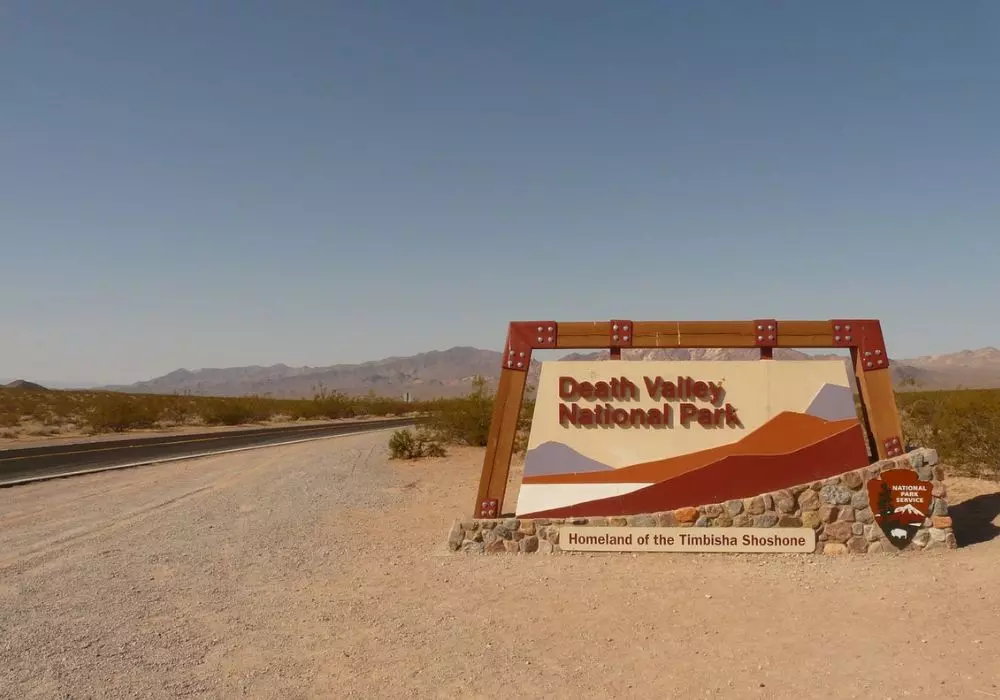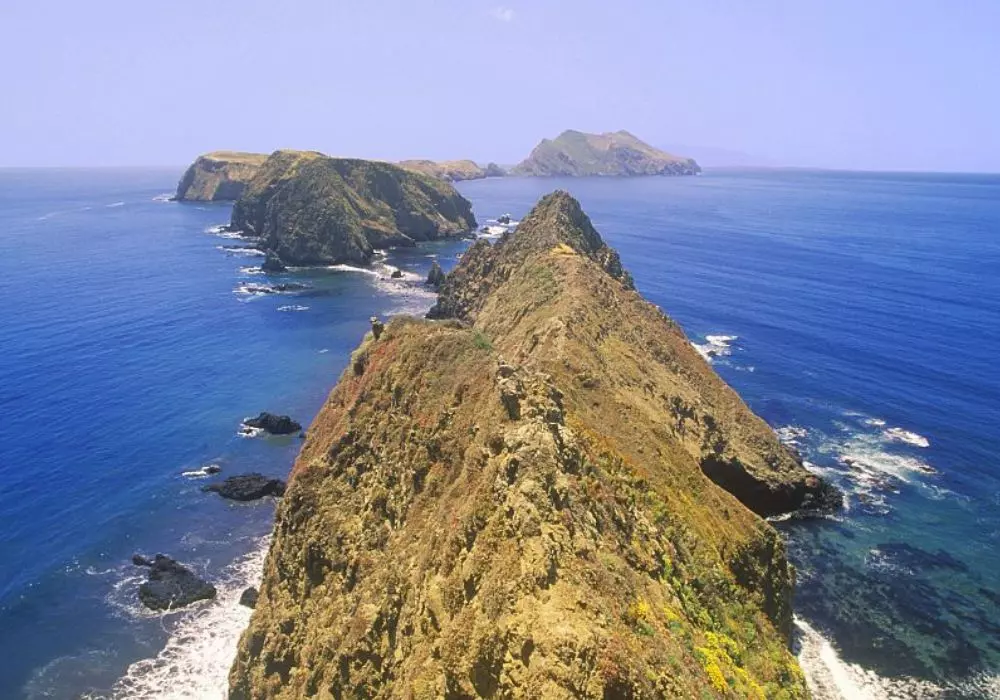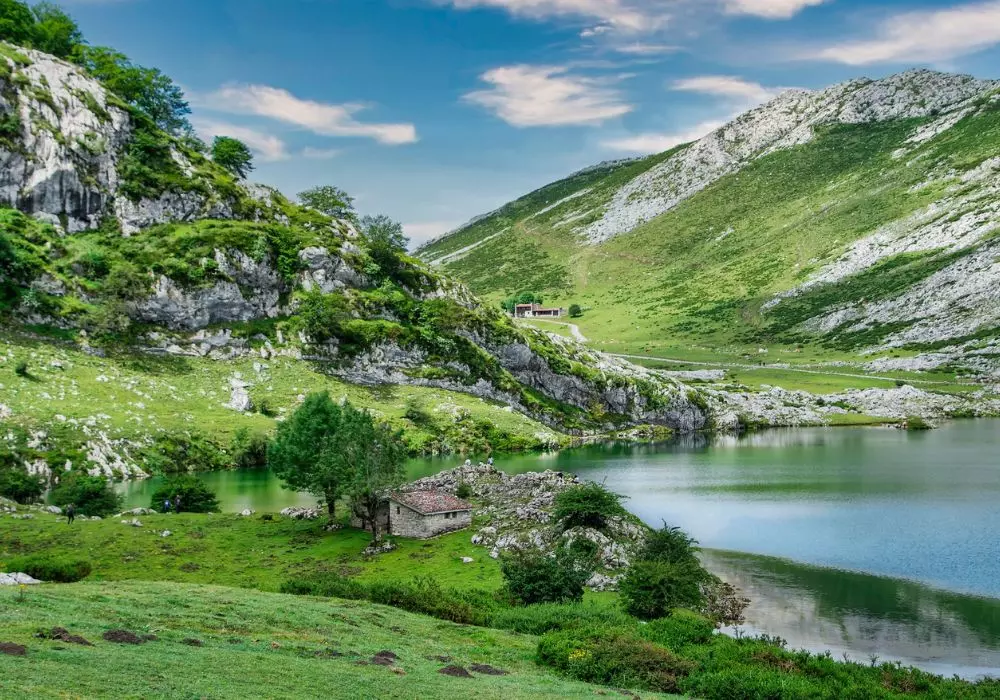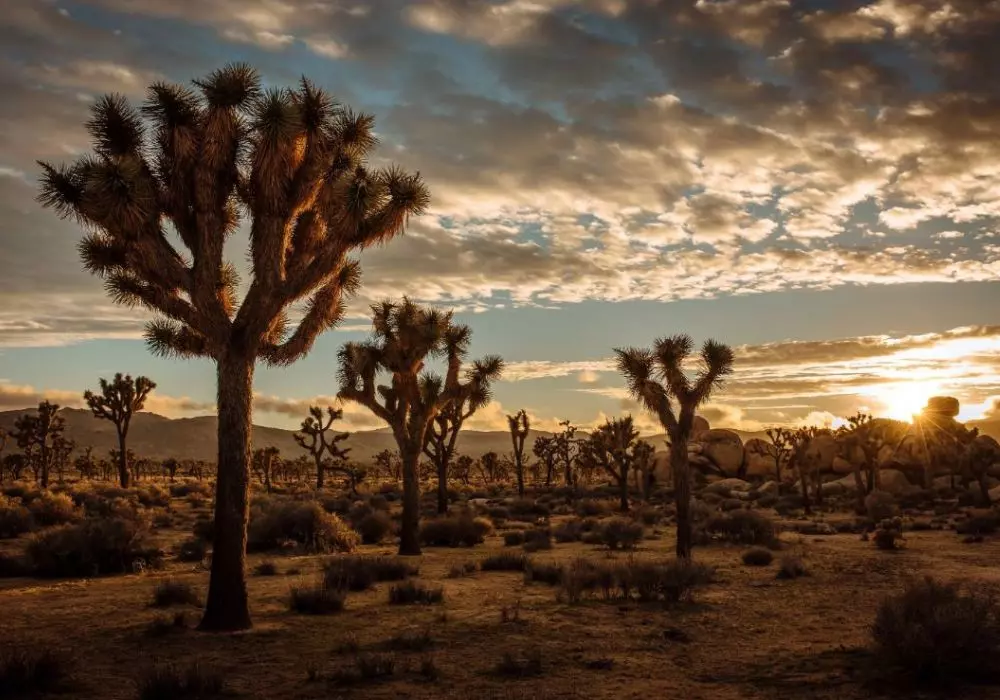Welcome to Death Valley National Park, a land of extremes and striking contrasts.
Nestled in the eastern part of California, bordering Nevada, this vast national park is renowned for its dramatic desert landscapes, record-breaking temperatures, and unique geological features.
From the sun-scorched salt flats of Badwater Basin, the lowest point in North America, to the colorful hills of Artist’s Palette and the towering sand dunes of Mesquite Flat, Death Valley offers an unparalleled experience for adventurers, nature enthusiasts, and photographers alike.
Despite its forbidding name, Death Valley is teeming with life and natural beauty.
The park spans over 3.4 million acres, making it the largest national park in the contiguous United States. Visitors can explore a diverse array of habitats, from rugged mountains and deep canyons to lush oases and ephemeral lakes.
The park is also rich in history, with remnants of Native American culture, 19th-century mining operations, and early pioneer settlements waiting to be discovered.
Whether you’re here to hike its many trails, capture its stunning vistas, or simply soak in the serene desert environment, Death Valley National Park promises an unforgettable journey into one of the most awe-inspiring landscapes on Earth.
Prepare to be amazed by its stark beauty, fascinating history, and the raw power of nature that defines this extraordinary place.
Death Valley National Park: Key Details and visit Information
| Feature | Description |
| Location | Eastern California and Nevada, USA |
| Size | Approximately 3.4 million acres, making it the largest national park in the contiguous United States |
| Established | 1994 (originally a national monument in 1933) |
| Climate | Arid desert climate; known as the hottest and driest place in North America |
| Key Attractions | Badwater Basin (lowest point in North America), Zabriskie Point, Mesquite Flat Sand Dunes, Dante’s View, Racetrack Playa, and Artist’s Palette |
| Unique Features | Extreme temperatures, salt flats, sand dunes, rugged mountains, and vast desert landscapes |
| Flora and Fauna | Creosote bush, desert holly, Joshua trees, bighorn sheep, coyotes, kit foxes, and various lizards and birds |
| Visitor Centers | Furnace Creek Visitor Center, Stovepipe Wells Ranger Station, and Scotty’s Castle Visitor Center (currently closed for repairs) |
| Accessibility | Limited accessibility due to rugged terrain; some trails and facilities are accessible, with ranger assistance available |
| Activities | Hiking, stargazing, camping, photography, birdwatching, and exploring historic mining sites |
| Hours of Operation | Open 24 hours a day, year-round |
| Fees | Entrance fees apply; additional fees for camping and some guided tours |
| Nearby Attractions | Mojave National Preserve, Red Rock Canyon National Conservation Area, and Las Vegas, Nevada |
Geology of Death Valley National Park


The geology of Death Valley National Park is a testament to millions of years of geological activity and natural processes.
Situated within the Basin and Range Province, the park’s landscape is characterized by towering mountain ranges, expansive salt flats, colorful badlands, and vast sand dunes.
The region’s geological diversity is attributed to faulting and uplift, which have shaped its unique features over time.
Notable geological formations include the Panamint Range, home to Telescope Peak—the park’s highest point—and Badwater Basin, the lowest point in North America.
Exploring Death Valley’s geology offers insights into the Earth’s dynamic forces and showcases a landscape often likened to an alien world.
Mesquite Flat Sand Dunes
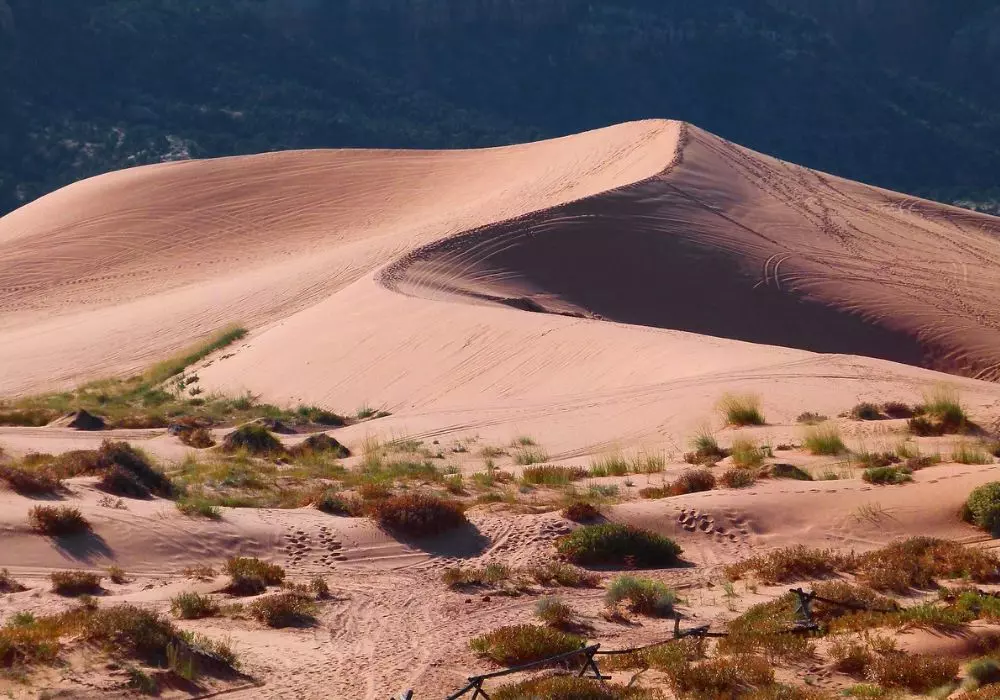

Mesquite Flat Sand Dunes are one of the iconic features of Death Valley National Park, located in the northern part of the park near Stovepipe Wells.
These expansive dunes stretch across the desert floor, creating a mesmerizing landscape of shifting sands and rippling textures.
Rising to heights of up to 100 feet, the dunes offer a challenging yet rewarding experience for hikers and photographers alike.
Visiting during sunrise or sunset provides optimal lighting for capturing the dunes’ intricate patterns and the play of light and shadow on the sand.
Mesquite trees dot the edges of the dunes, providing a stark contrast against the barren desert backdrop.
Exploring Mesquite Flat Sand Dunes offers visitors a chance to immerse themselves in the solitude and natural beauty that define Death Valley National Park.
Badwater Basin
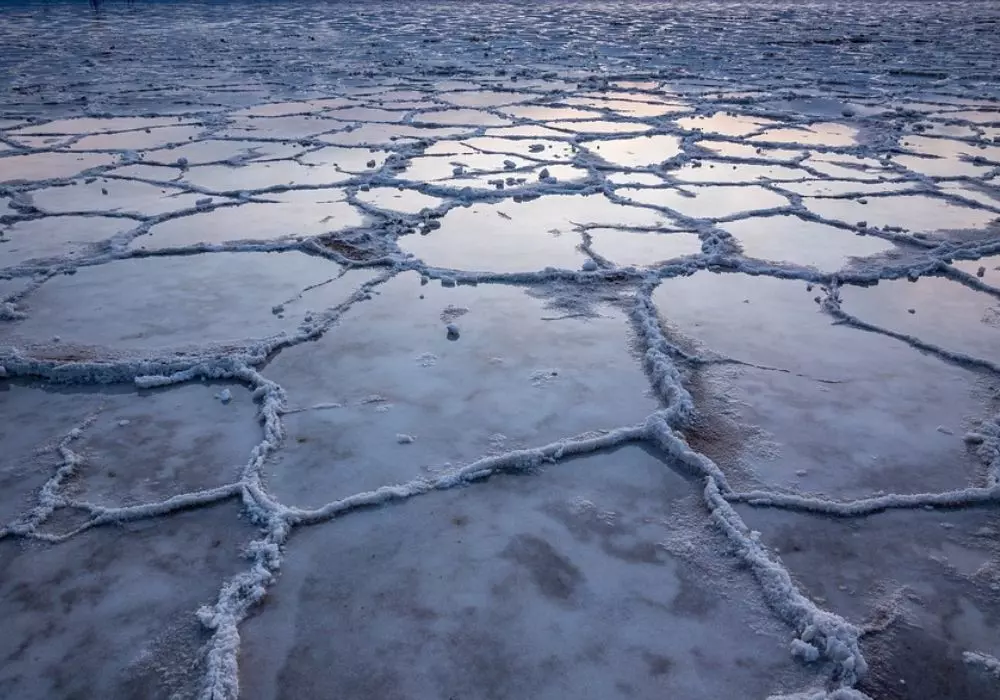

Badwater Basin is a surreal and dramatic landscape located within Death Valley National Park, renowned as the lowest point in North America at 282 feet below sea level.
The basin is characterized by vast salt flats stretching as far as the eye can see, with a crisp, white surface that shimmers in the desert heat.
The salt flats are formed from the evaporation of ancient lake waters, leaving behind a crusty layer of salt crystals that crunch beneath your feet.
Visitors can walk out onto the salt flats, marveling at the stark beauty of this otherworldly terrain.
During the rainy season, temporary shallow pools may form, creating mirror-like reflections of the surrounding mountains and sky.
Exploring Badwater Basin provides a glimpse into the geological processes that have shaped Death Valley’s landscape over millions of years, offering a profound and unforgettable experience in this unique national park.
Photography and Viewing in Death Valley National Park
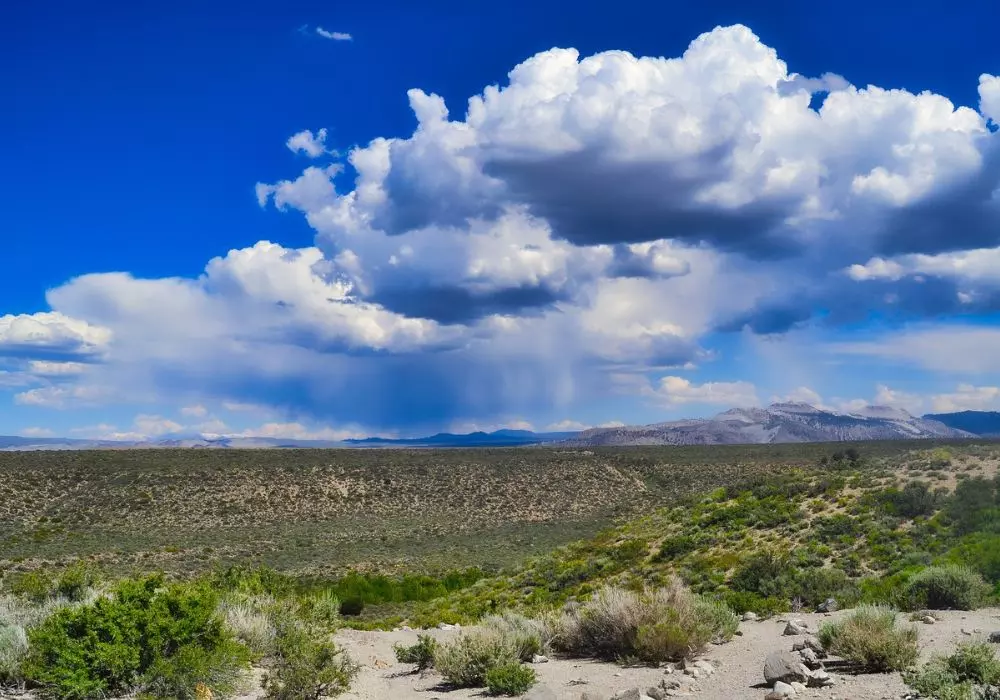

Death Valley National Park is a paradise for photographers and nature enthusiasts, offering some of the most stunning and diverse landscapes in the United States.
From dramatic desert vistas to surreal salt flats, there are countless opportunities to capture the natural beauty of this unique park.
Here’s a guide to the best photography spots and viewing tips in Death Valley National Park.
Best Photography Spots
- Zabriskie Point:
Sunrise and Sunset: Zabriskie Point is one of the most popular spots for photography, especially during sunrise and sunset. The badlands below are bathed in golden light, creating a breathtaking scene.
Landscape Photography: Capture the layered sedimentary formations and dramatic colors that make this viewpoint famous.
- Mesquite Flat Sand Dunes:
Early Morning and Late Afternoon: The soft light during these times accentuates the textures and shadows of the dunes.
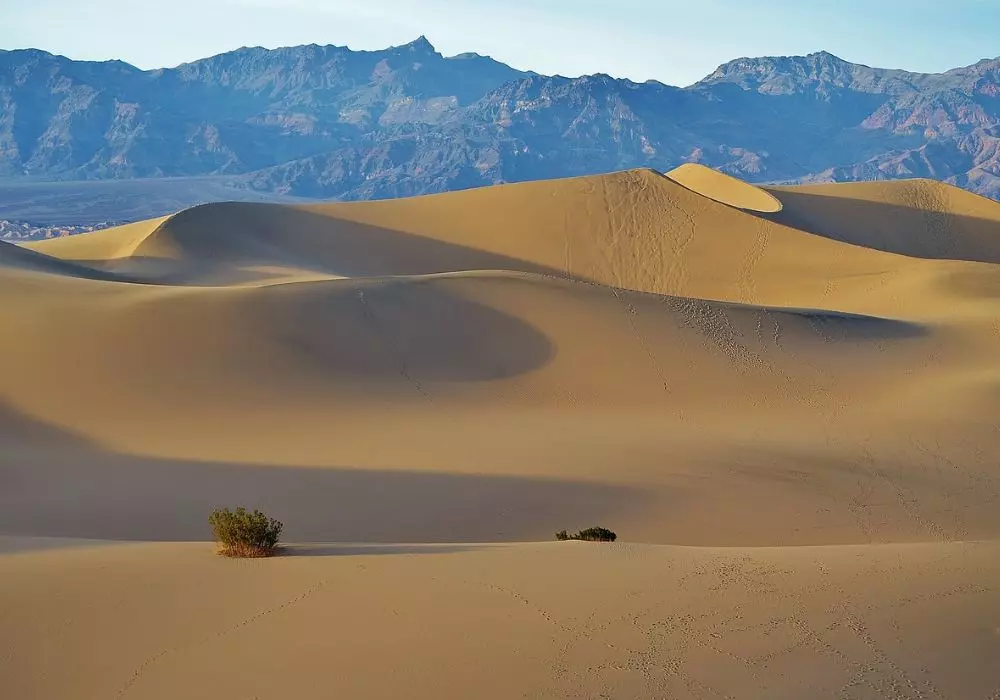

Starry Nights: For night photography, the dunes provide a perfect foreground for capturing the Milky Way and other celestial phenomena.
- Badwater Basin:
Salt Flats: The vast, otherworldly salt flats at Badwater Basin are perfect for minimalist and abstract photography. Reflections after rare rains add a magical touch.
Lowest Point in North America: Capture the iconic sign marking the lowest point in North America at 282 feet below sea level.
- Artist’s Palette:
Colorful Hills: This area showcases hills splashed with vibrant colors due to volcanic deposits. The best time to photograph is late afternoon when the colors are most vivid.
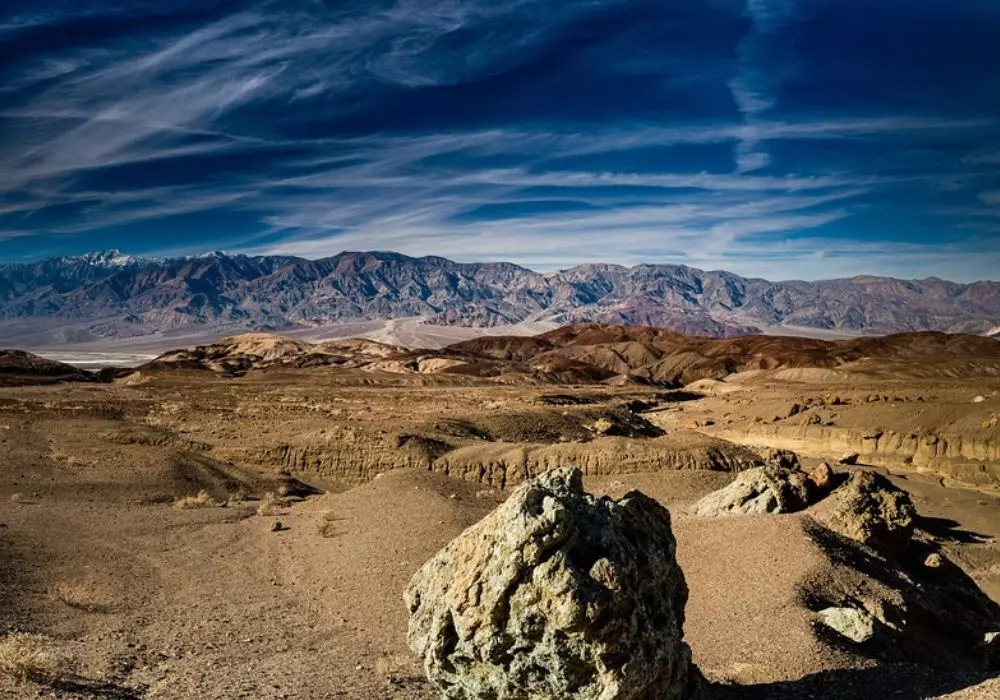

Scenic Drive: The drive along Artist’s Drive offers multiple stops for stunning photographs.
- Dante’s View:
Panoramic Views: This viewpoint provides sweeping panoramas of the valley floor and distant mountain ranges. It’s an excellent spot for sunrise and sunset photography.
High Elevation: At over 5,000 feet, it offers a cooler climate and a different perspective of Death Valley.
Photography Tips
Golden Hour: The best times for photography are during the golden hours—shortly after sunrise and before sunset.
The light is softer, shadows are longer, and the colors are warmer, enhancing the beauty of the landscape.
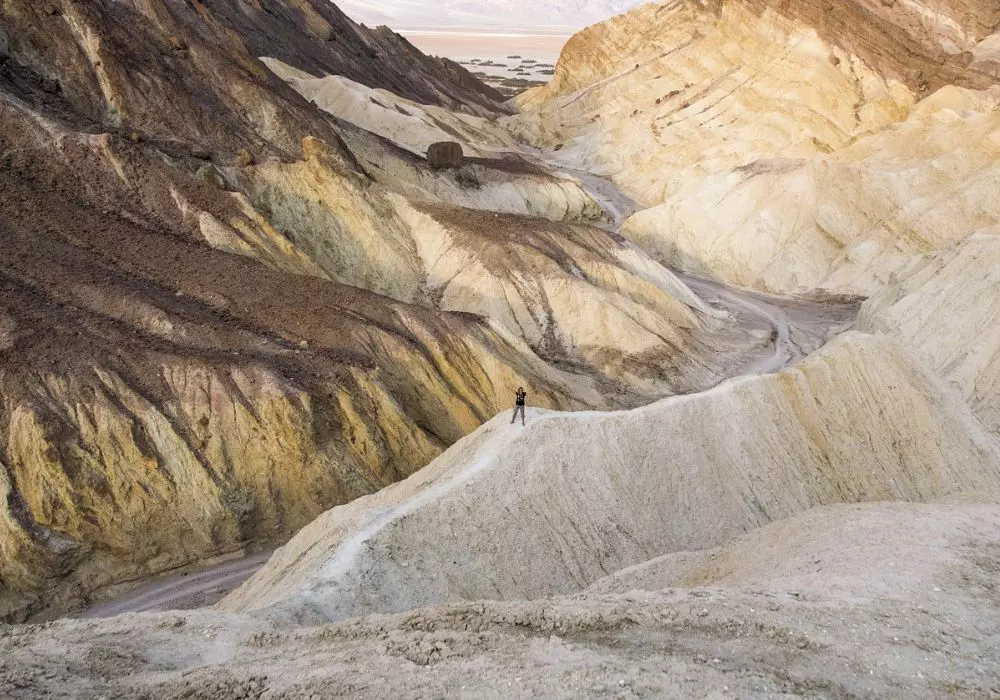

Composition: Use leading lines, such as roads, trails, and natural formations, to draw the viewer’s eye into the scene. Experiment with different angles and perspectives to capture the essence of the park.
Preparation: Bring extra batteries, memory cards, and protective gear for your camera. The desert environment can be harsh, with extreme temperatures and dust.
Respect Nature: Stay on marked trails and avoid trampling sensitive areas. Protect the natural beauty of the park for future generations.
Viewing Tips
Binoculars: Bring a pair of binoculars for a closer look at distant landscapes, wildlife, and geological formations.
Seasonal Changes: The park’s appearance changes with the seasons. Spring brings wildflowers, while winter can blanket the higher elevations with snow.
Each season offers unique photographic opportunities.
Night Sky:
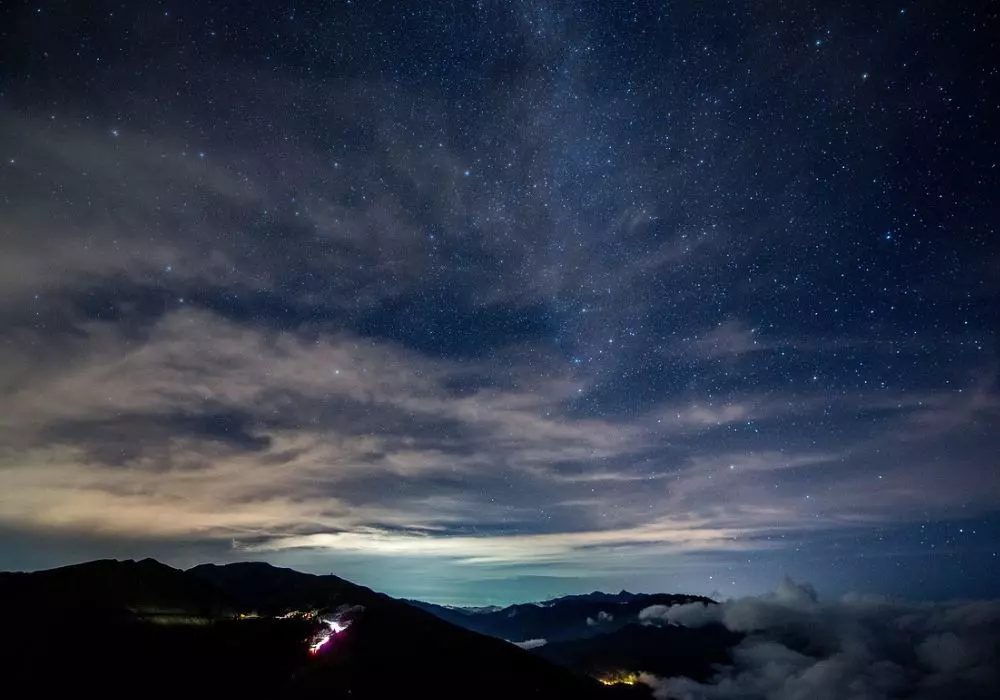

Death Valley is a designated Dark Sky Park, making it an excellent location for stargazing.
Check the moon phase calendar and plan your visit during a new moon for the best night sky viewing.
Safety: Always carry plenty of water, wear appropriate clothing, and inform someone of your plans.
The desert environment can be unforgiving, so preparation is key.
Death Valley National Park offers a wealth of opportunities for photographers and sightseers alike.
With its dramatic landscapes and unique features, it’s a destination that promises stunning images and unforgettable experiences.
Whether you’re an amateur photographer or a seasoned pro, the park’s diverse scenery will inspire and challenge you.
Accessibility and Visitor Information for Death Valley National Park
Death Valley National Park, known for its extreme conditions and breathtaking landscapes, offers a range of amenities and information to ensure all visitors have a safe and enjoyable experience.
Here’s what you need to know about accessibility and visitor information for this unique destination.
Accessible Trails and Facilities
Death Valley National Park is committed to providing access to everyone, including visitors with disabilities. Here are some key points:
- Accessible Trails:
Badwater Basin:
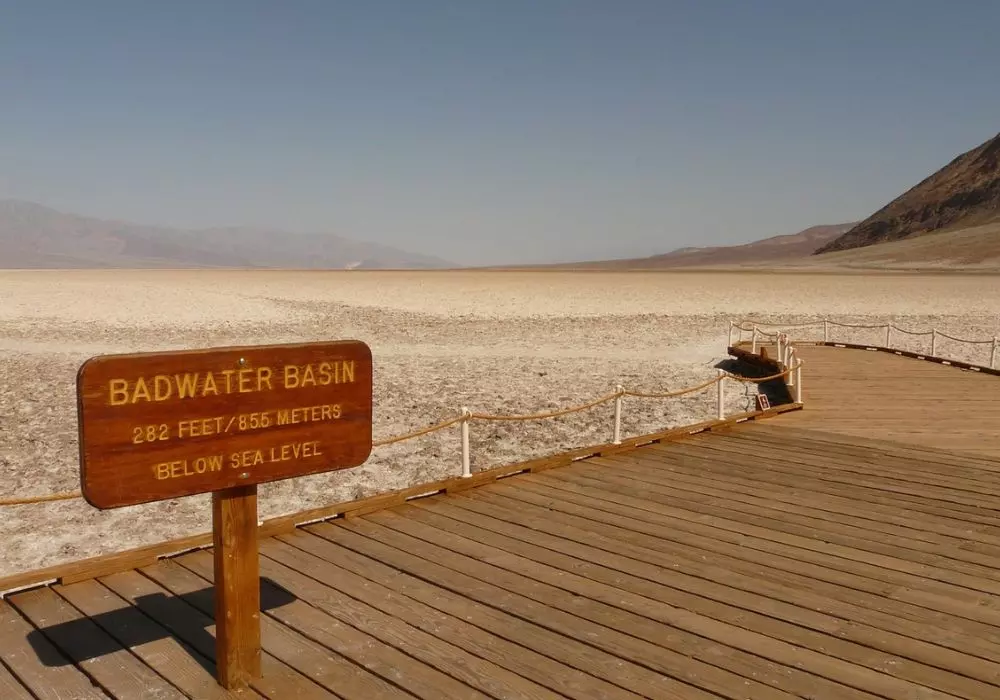

This trail offers a wheelchair-accessible boardwalk, allowing all visitors to experience the lowest point in North America.
Harmony Borax Works: This historic site features an accessible path and interpretive panels, making it easier for all visitors to learn about the park’s rich history.
- Visitor Centers:
Furnace Creek Visitor Center: Fully accessible, this visitor center provides ramps, accessible restrooms, and exhibits designed for all visitors. Rangers are available to offer additional assistance and information.
Stovepipe Wells Village: Offers accessible amenities, including restrooms and parking.
- Campgrounds:
Furnace Creek Campground: Includes accessible campsites with nearby accessible restrooms and picnic areas.
Mesquite Spring Campground: Features accessible facilities, ensuring a comfortable camping experience for all.
Planning Your Visit
When planning your visit to Death Valley National Park, keep the following tips in mind to ensure a safe and enjoyable trip:
- Weather Precautions:
Extreme Heat: Death Valley is known for its high temperatures, especially in the summer. Visit during cooler months, stay hydrated, and avoid strenuous activities during peak heat.
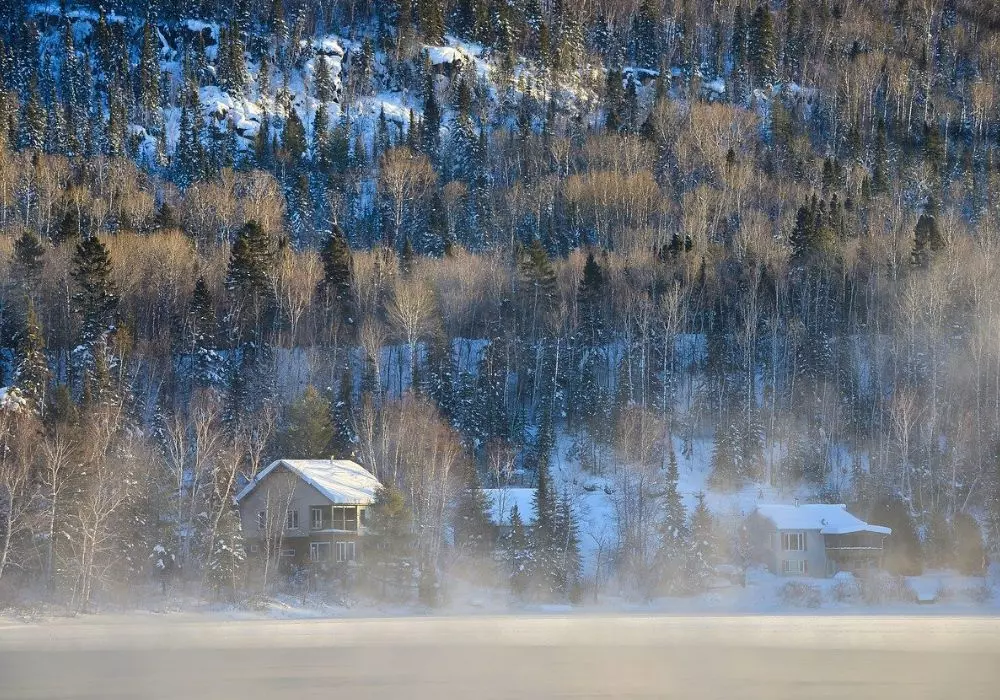

Sun Protection: Wear sunscreen, hats, and light, long-sleeved clothing to protect yourself from the sun.
- Visitor Information:
Maps and Guides: Obtain maps and brochures from visitor centers to help navigate the park and find accessible areas.
Ranger Programs: Participate in ranger-led programs to learn more about the park’s geology, history, and wildlife. These programs are often designed to be accessible to all.
- Safety Tips:
Stay on Marked Trails: Stick to designated paths to avoid getting lost and to protect the fragile desert ecosystem.
Emergency Services: Know the location of emergency services and carry a first-aid kit, plenty of water, and a charged mobile phone.
Adaptations and Wildlife
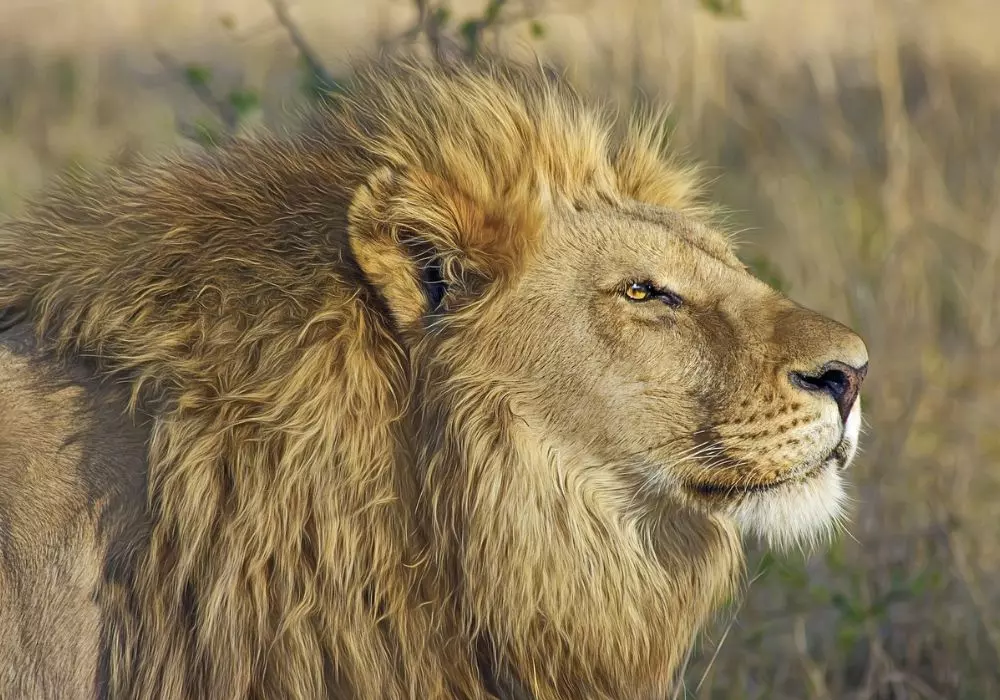

Death Valley National Park is home to a surprising diversity of wildlife that has adapted to survive in its extreme desert environment.
Despite the harsh conditions—extreme temperatures, sparse vegetation, and limited water—numerous species thrive here, demonstrating remarkable resilience and adaptation strategies.
Fauna: The Park hosts a variety of desert-adapted mammals, such as desert bighorn sheep, coyotes, kit foxes, and kangaroo rats.
These animals have evolved physiological and behavioral adaptations to withstand the desert’s scorching heat and scarcity of resources.
Flora: Desert plants in Death Valley, including creosote bush, mesquite, and various cacti species, have developed specialized mechanisms to conserve water and thrive in nutrient-poor soils.
Some plants bloom spectacularly after rare rainfall events, carpeting the desert floor with bursts of color.
Survival Strategies: Wildlife in Death Valley has adapted by becoming nocturnal, burrowing underground to escape the heat, or storing fat reserves to endure periods of food scarcity.
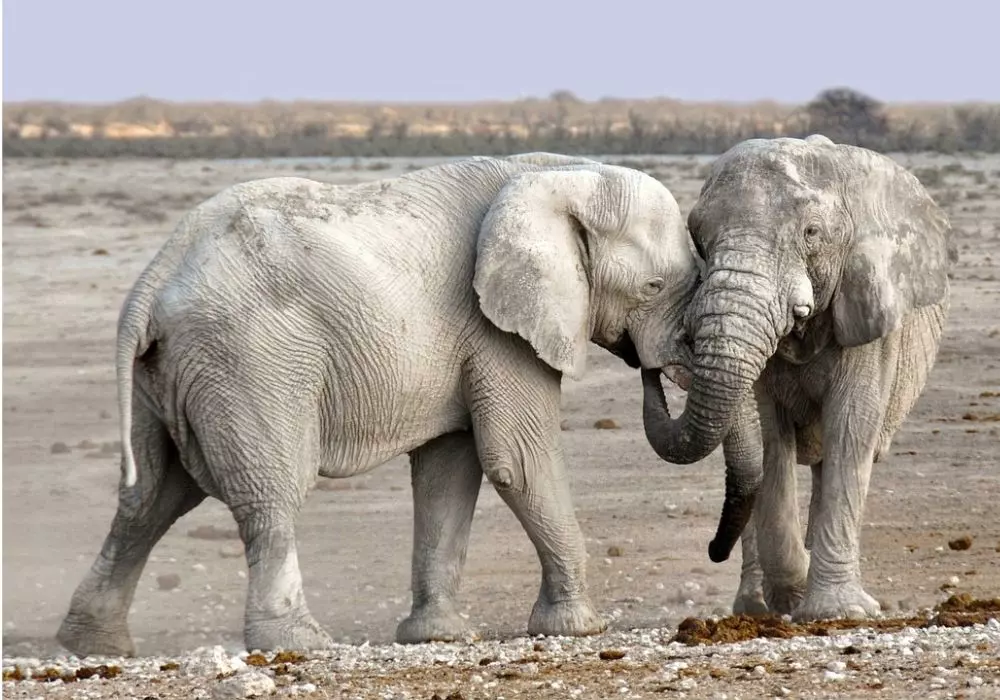

These adaptations showcase nature’s ingenuity in the face of challenging environmental conditions.
Conservation Efforts: The National Park Service actively monitors and protects wildlife habitats within Death Valley National Park to ensure the continued survival of native species.
Visitors are encouraged to observe wildlife from a distance and minimize disturbance to their natural behaviors.
Exploring the adaptations and wildlife of Death Valley National Park provides insight into the resilience of desert ecosystems and offers opportunities to witness firsthand the unique strategies animals and plants employ to thrive in this extreme environment.
Night Sky Viewing
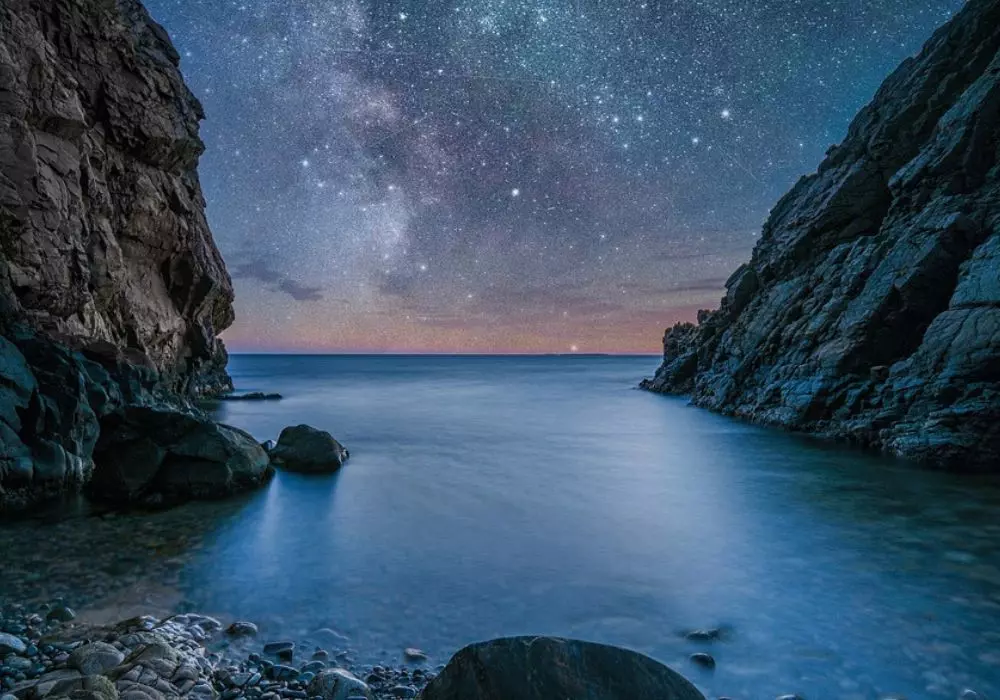

Death Valley National Park is renowned for its pristine night skies, offering stargazers and astronomers unparalleled opportunities for celestial observation.
With minimal light pollution and clear desert air, the park provides optimal conditions for viewing stars, planets, and other astronomical phenomena.
Dark Sky Designation: Death Valley is designated as an International Dark Sky Park, recognizing its commitment to preserving natural darkness and promoting astronomy-based recreation and education.
This designation ensures that visitors can enjoy unobstructed views of the cosmos.
Stargazing Locations: Popular stargazing spots within the park include Dante’s View, Telescope Peak, and Harmony Borax Works.
These locations offer expansive vistas and elevated vantage points, ideal for observing constellations, meteor showers, and the Milky Way.
Night Sky Programs: The National Park Service and local astronomy clubs host night sky programs and guided stargazing events throughout the year.
These programs provide educational opportunities to learn about astronomy, constellations, and the cultural significance of celestial observations.
Photography Tips: Photographers flock to Death Valley to capture stunning astrophotography images against the backdrop of iconic park landmarks.
Tips include using a tripod, adjusting camera settings for long exposures, and planning shoots during moonless nights for optimal clarity.
Exploring the night sky in Death Valley National Park offers a humbling experience, connecting visitors with the vastness of the universe and the importance of preserving dark skies for future generations to enjoy.
Conclusion
Death Valley National Park stands as a testament to the resilience of nature in the face of extreme conditions, offering visitors a glimpse into the wonders of the Mojave Desert’s vast landscapes and diverse ecosystems.
From its towering peaks and expansive salt flats to its vibrant sand dunes and colorful rock formations, every corner of the park tells a story of geological marvels shaped over millions of years.
Exploring Death Valley is not just about witnessing its natural beauty but also about understanding the adaptations of its wildlife and appreciating the delicate balance of desert life.
From desert bighorn sheep and elusive kit foxes to tenacious desert plants, each species has adapted uniquely to survive in this harsh environment, showcasing nature’s ingenuity and resilience.
Beyond its terrestrial wonders, Death Valley offers unparalleled opportunities for stargazing under some of the darkest skies in the country.
Designated as an International Dark Sky Park, the park’s commitment to preserving natural darkness ensures that visitors can marvel at the Milky Way, meteor showers, and distant galaxies with clarity and awe.
As you explore Death Valley National Park, take time to appreciate its cultural history, from ancient Native American petroglyphs to remnants of the mining era.
Respect for the land and its inhabitants is key to preserving this natural treasure for future generations.
Whether you come for the breathtaking landscapes, the unique wildlife encounters, or the celestial wonders of the night sky, Death Valley National Park promises an unforgettable journey into the heart of one of Earth’s most extreme and fascinating environments.
Plan your visit, immerse yourself in its natural beauty, and discover the enduring allure of Death Valley National Park.
